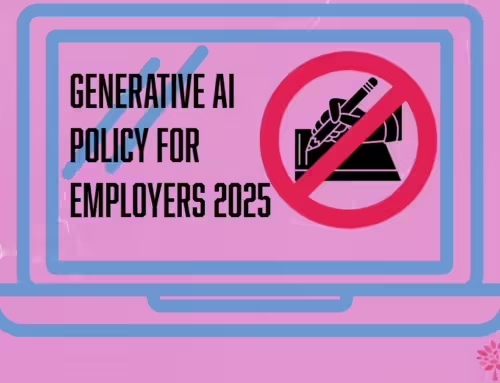Following the Government announcement on 31st October regarding the proposed period of lockdown starting on Thursday 5th November through to December 2nd we have pulled together some notes on three main areas for extended furlough and lockdown:
- Attending work and WFH
- Extended furlough scheme
- Clinically vulnerable staff
Attending work and WFH
Advice until last week has been work from home if you can, but if your job needs you to, you should attend work. Under the announcement yesterday this has now changed with more of a focus on some employers requiring employees to stay at home. Under Government guidance, employees should stay at home unless they need to leave to attend work where they cannot work from home. The Government guidance states:
“To help contain the virus, everyone who can work effectively from home must do so. Where people cannot do so (for instance people who work in critical national infrastructure, construction, or manufacturing) they should continue to travel to work/attend their workplace.”
From this guidance, the Government is challenging employers to question if staff need to attend work and should move to WFH – if this is not possible it is likely employees would revert to being furloughed. The Government has a list of workers classified as Key Workers, who should still attend work which can be found here – https://www.gov.uk/government/publications/coronavirus-covid-19-maintaining-educational-provision/guidance-for-schools-colleges-and-local-authorities-on-maintaining-educational-provision – Please note there are various sources that define key workers but they all tend to follow the same themes.
Further clarification on the WFH requirements will no doubt be coming through next week.
Extended furlough scheme
This scheme is effectively the same as the flexible furlough scheme introduced in August this year, and operates on the same principles, namely:
- Employees can receive 80% of their current salary for hours not worked, up to a maximum of £2,500
- Employer contribution of pension and NI costs only (roughly 5%
- Option to work some hours each week or be fully furloughed
- Open to employers and third sector organisations
- Employees can be on any form of contract
- Employees must be on an employer’s PAYE payroll by 23:59 on 30th October 2020. This means a Real-Time Information (RTI) submission notifying payment for that employee to HMRC must have been made on or before 30th October 2020.
- Employers can top up to 100% if they wish
- The employee did not need to be furloughed previously
- Claims will be made in the same way as previously
Clinically vulnerable staff
Shielding as a concept no longer exists but the Government does recognise that certain groups of workers are more likely to be susceptible to the impact of Covid19. These are classed as Clinically Vulnerable workers. Where a member of staff is described as being clinically vulnerable the employee should be allowed to work from home. Where this is not possible then the employee can claim SSP (normal rules apply) as they would have an ongoing health complaint that prevents them from attending work. However, for the period of the extended lockdown, you would be advised to seek the employee’s agreement to furlough them and then revert to SSP once the scheme comes to an end if WFH is not viable. The Government has provided a list of medical conditions that may be classed as being clinically vulnerable which can be found here – https://www.gov.uk/guidance/new-national-restrictions-from-5-november




